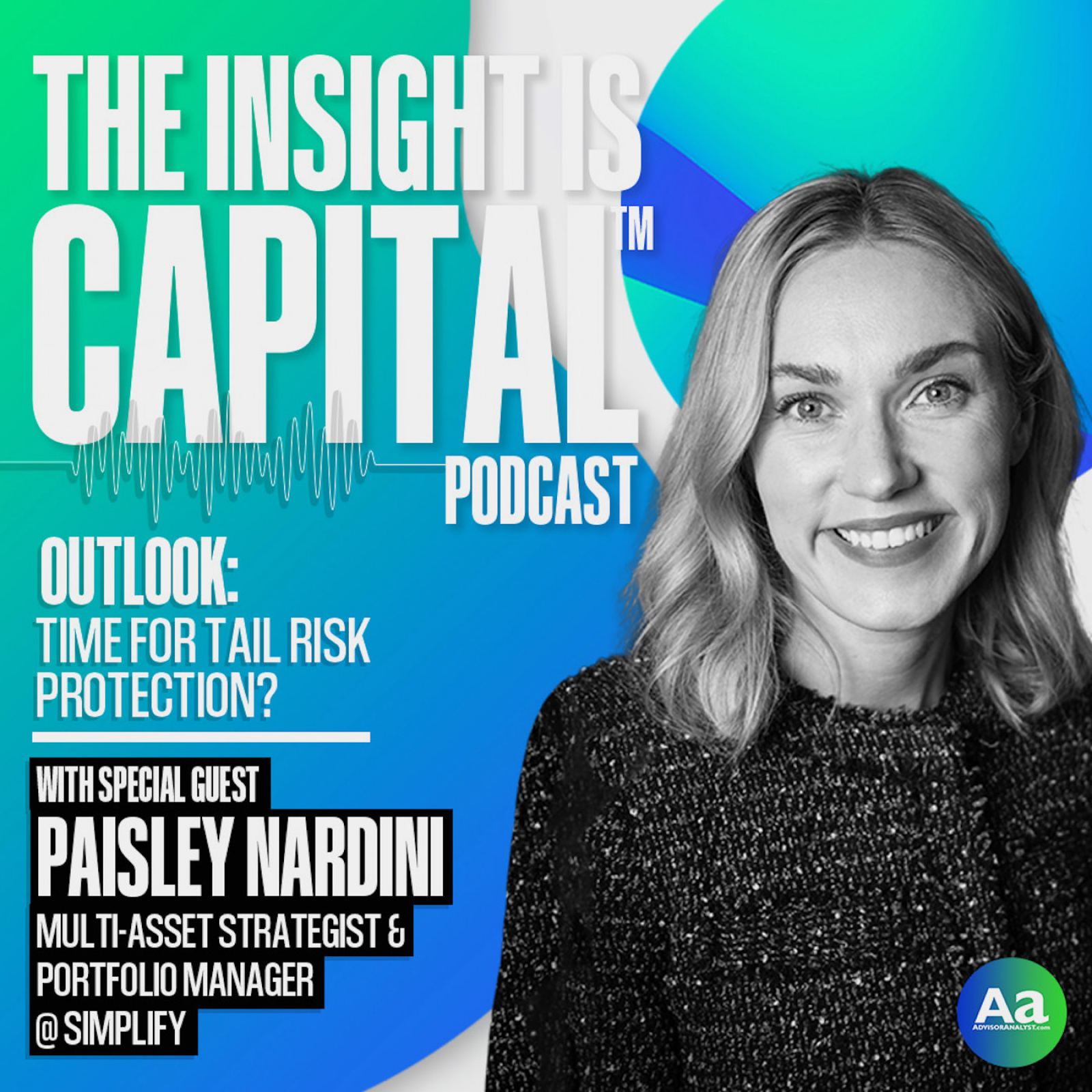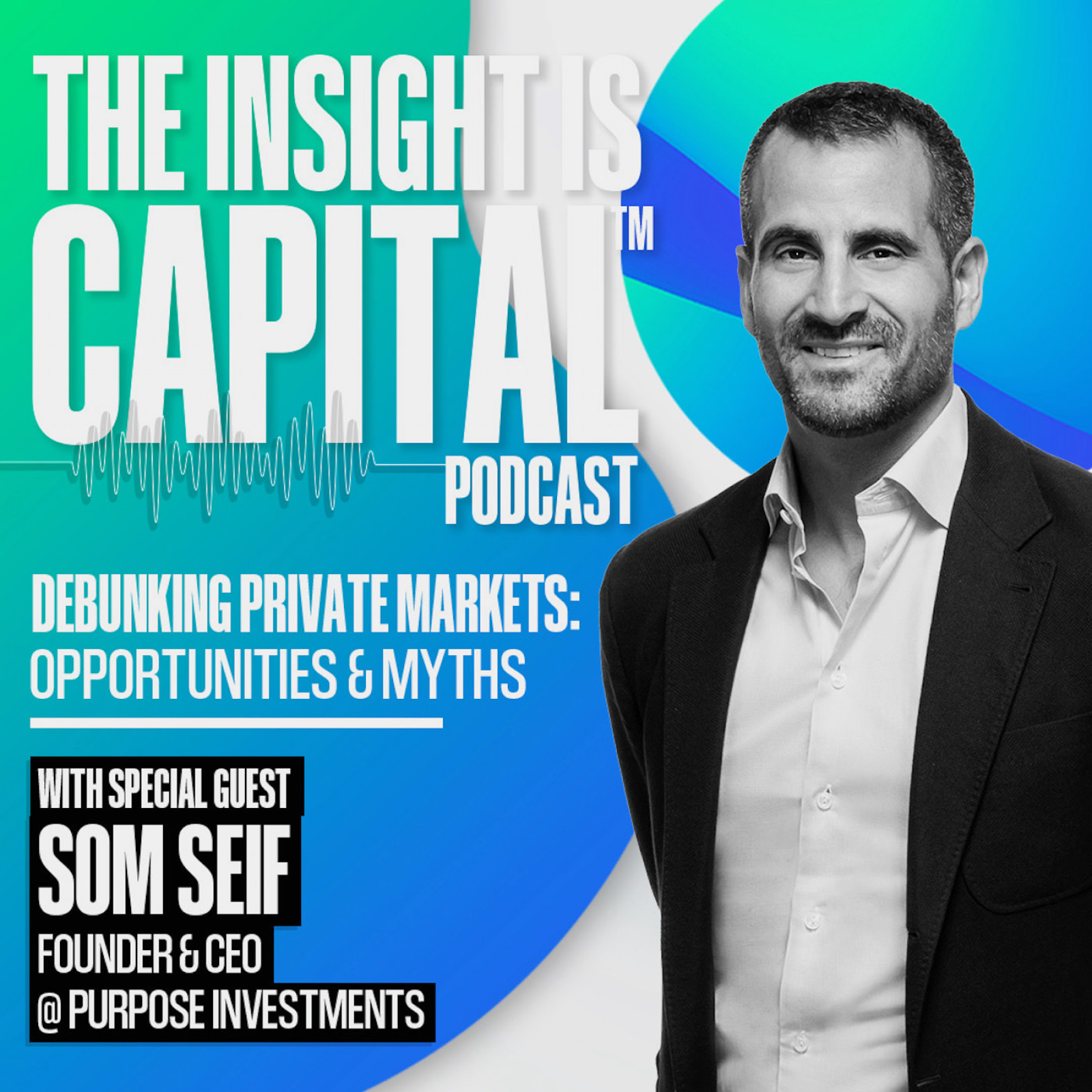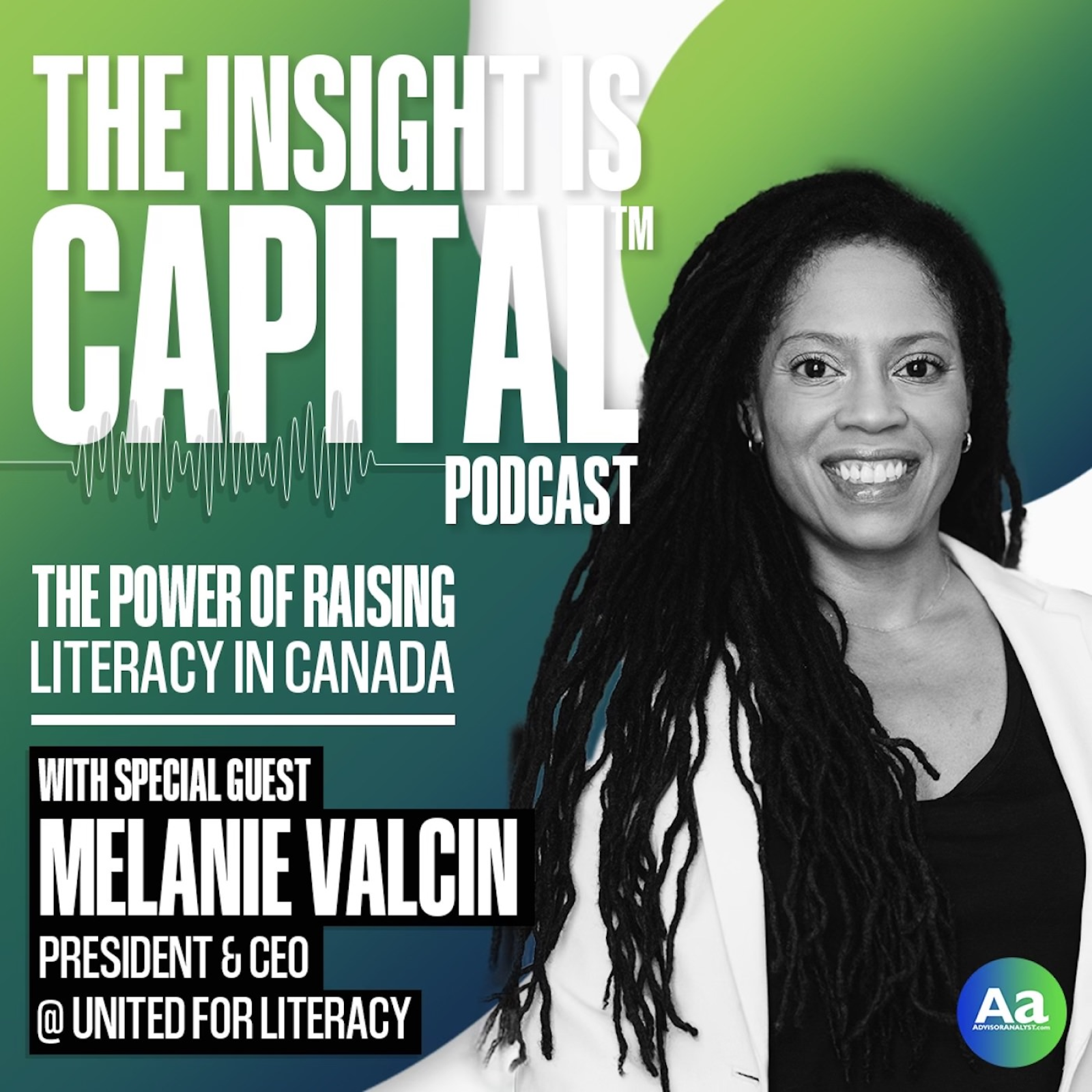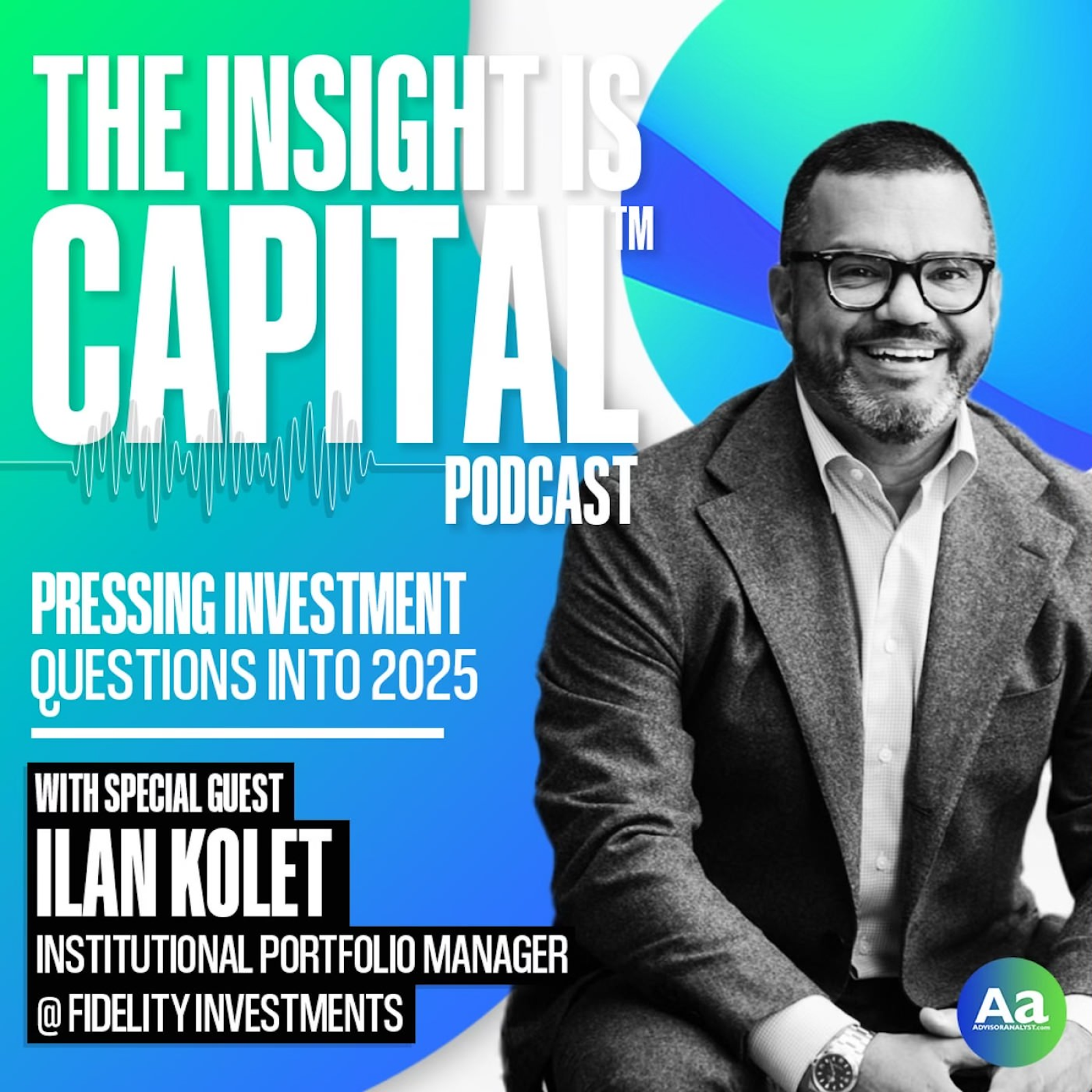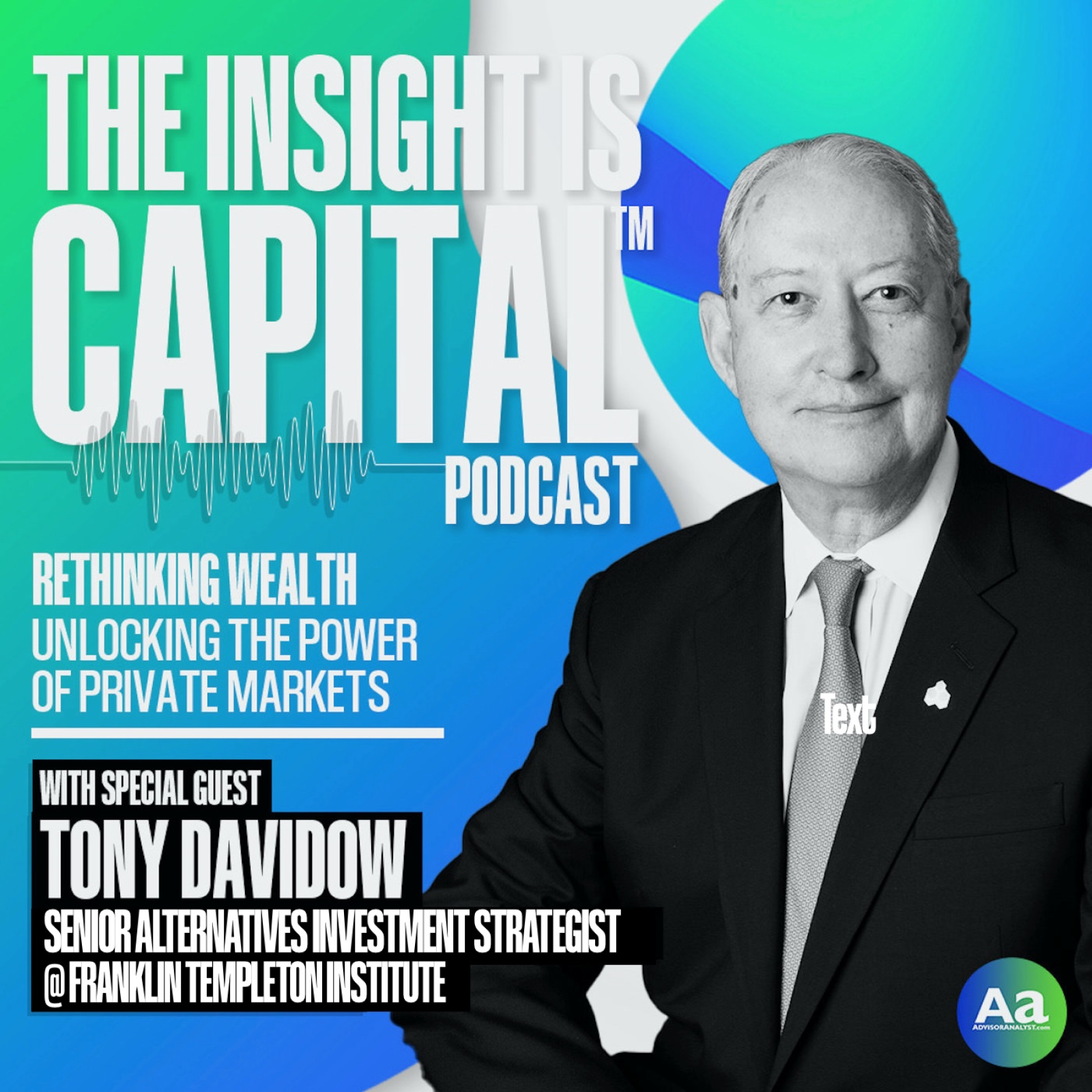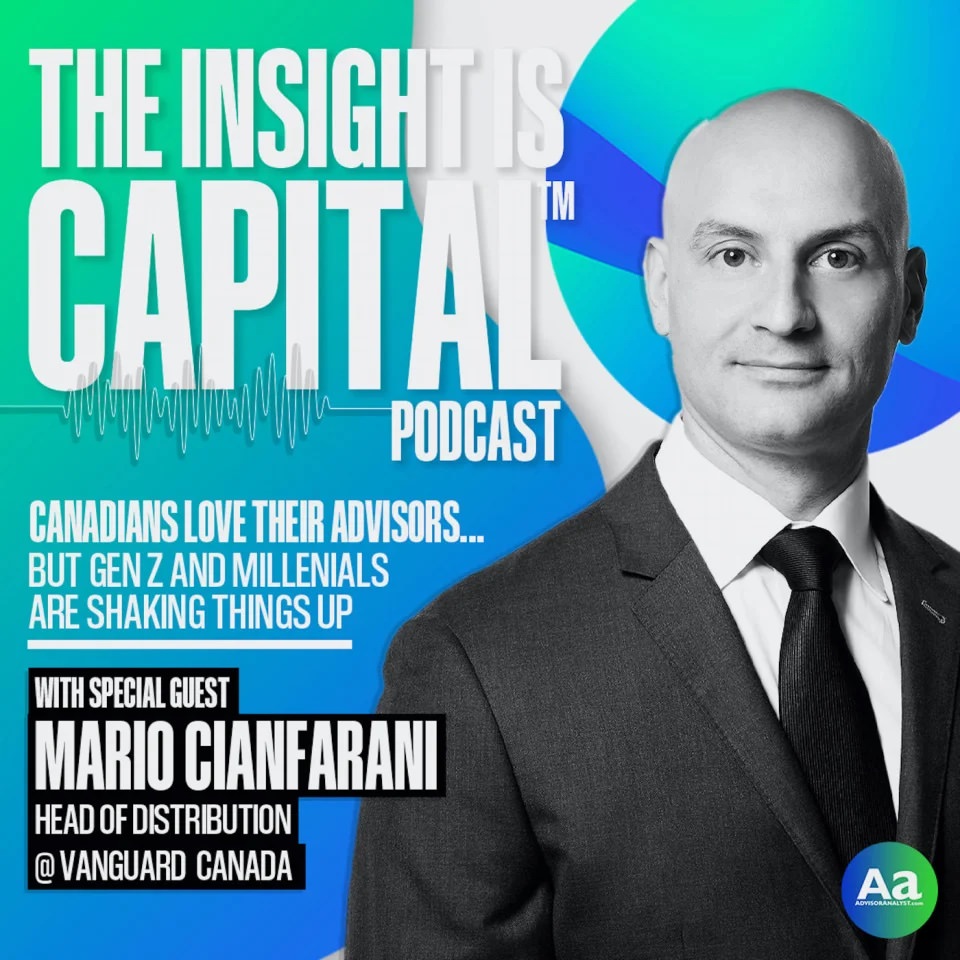🔹 Is your portfolio riding the edge of chaos? Discover why diversification is back—and how to future-proof your investments before it’s too late.nnnThe investment world is shifting, and your portfolio needs to keep up. In this must-watch episode of The Insight is Capital Podcast, Pierre Daillie sits down with Paisley Nardini, portfolio manager and multi-asset strategist at Simplify Asset Management, to break down the rise of alternative investments, the return of diversification, and how to navigate today’s unpredictable markets. They tackle the evolving role of derivatives, flow-driven investing, and the institutional strategies now accessible to advisors. Paisley shares her insights on market cycles, interest rates, geopolitical risks, and how to hedge against uncertainty without making high-conviction bets that could wreck your returns.nnnIf you’re an advisor looking for smarter ways to manage risk and capture new opportunities, this episode is packed with insights you can’t afford to miss.nn
📌 Chapters & Timestamps:nnn0:00 – What is Flow-Driven Investing? Unlocking institutional alpha for advisorsnn1:37 – Introductionn2:16 – Meet Paisley Nardini—From equity analytics to multi-asset strategynn5:06 – Why Fixed Income Isn’t “Boring” The real driver behind macro trendsnn10:47 – The ETF Revolution How rule changes reshaped portfolio diversificationnn11:58 – The Noise Problem Separating innovative investing from speculationnn15:49 – Hedging for Tail Risk Using derivatives for capital-efficient protectionnn20:13 – The FOMO Dilemma Why one group of investors is missing the big picturenn26:21 – Where Are Rates Headed? The advisor divide on higher-for-longer vs. duration betsnn30:38 – Riding the Edge of Chaos The thin ice we’re skating on in today’s marketsnn33:53 – Market Outlook for 2025 Why the game has changed for growth & earningsnn36:05 – Correction or Collapse? What’s really happening under the market’s surfacenn38:15 – Hard Assets & Inflation Commodities, gold, and the hidden drivers of price actionnn42:28 – True Diversification The difference between academic & structural returnsnn47:32 – Breaking the 60/40 Model How advisors should adapt their portfolios nownn50:24 – Avoiding Costly Mistakes Why gradual changes beat high-conviction betsnn55:26 – How to Implement Change The ETF solutions making diversification seamlessnn58:49 – Final Takeaways The key to building resilient, forward-looking portfolios
nn #Investing #FinancialAdvisors #PortfolioManagement #ETFs #AlternativeInvestments #Derivatives #MarketOutlook #InterestRates #StockMarket #InvestmentStrategy #TailRiskHedging #WealthManagement #Diversification #HedgeFunds #FinancialMarkets
